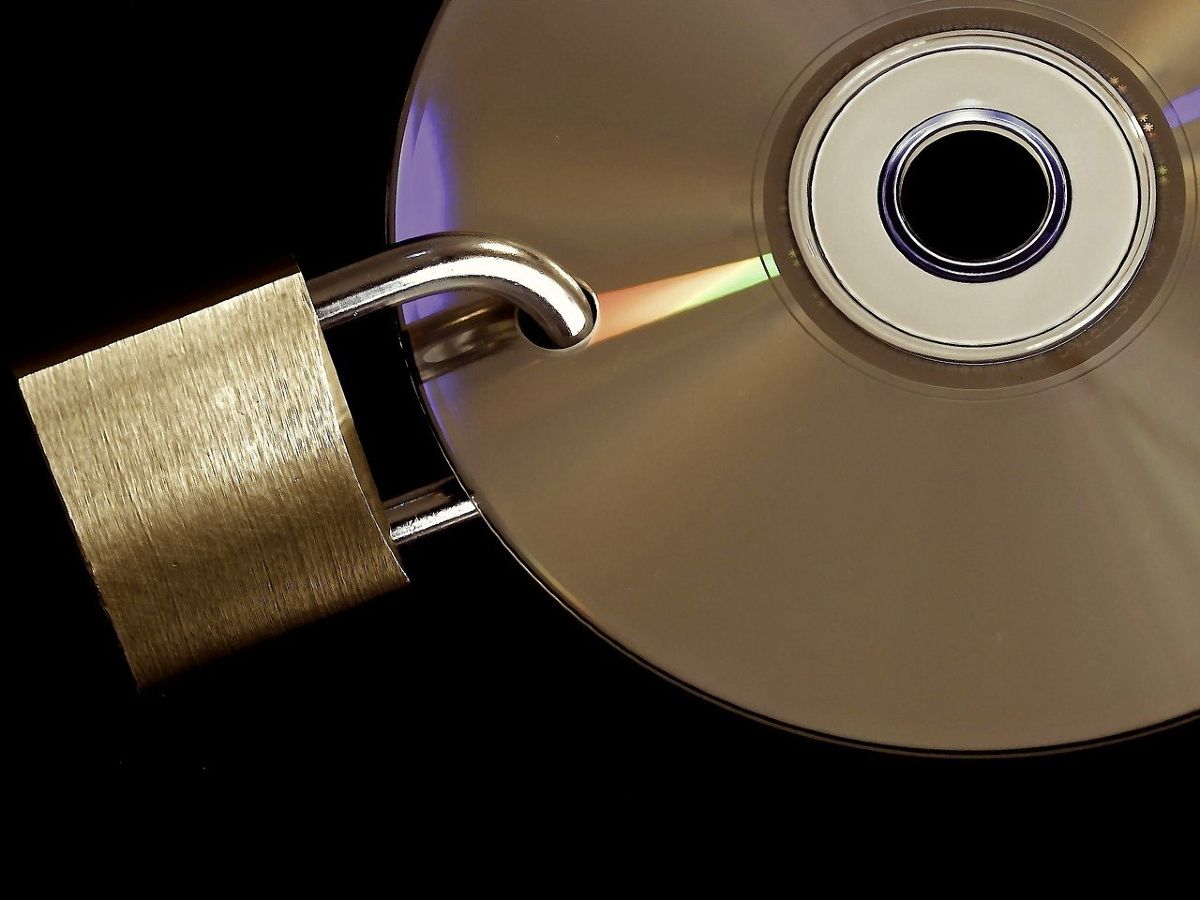Poor cybersecurity myths and practices are two of the biggest proponents of present-day business data breaches.
The lack of awareness plays a significant role in engendering these myths. If you or your organization purports any of the following misconceptions about digital security, it is high time to update and correct them.
Cybersecurity is an integral part of every security personnel's repertoire, and such cybersecurity myths and facts can mislead people's beliefs. So, here are the top ten cybersecurity myths debunked.
1. More Cybersecurity Tools Means More Protection
The biggest business cybersecurity myth is that a lengthy cybersecurity stack equals better cybersecurity. Don't focus on acquiring new tools; instead, you need to concentrate on your cybersecurity requirements first and then focus on the tools that can satisfy these requirements.
Refrain from spending endlessly on devices that do not secure your digital presence adequately. Strategizing and enforcing a limited yet fool-proof toolchain is far more critical than bulking up on new tools. Such strategies help organizations adapt to the evolving era of cyber threats posed with strategic compliance.
2. Cyber Insurance to Mitigate Risk
Insurance covers damages to your business resources; however, it cannot mitigate damages to the confidentiality of the leaked data.
It does not mitigate the damages you have to pay to the customers whose discrete personal data is stolen; if you suffer a derivative attack, the liability costs are higher.
Cyber insurance can't protect you from any reputational damages. Most cybercrime insurance policies come with conditional clauses that may or may not even pay off depending on the nature and extent of encountered cyberattacks.
3. Recording Instances Doesn't Mean Compliance
If you log all network access instances, your network is safe from attacks: This statement couldn't be further from the truth. Maintaining a network access log will not suffice; additionally, you need to scrutinize the records for security anomalies and monitor suspicious sources.
The number of cyberattacks has shot up since the COVID-19 pandemic started in 2020. It has forced businesses to remain remotely productive with various, unvetted access points. Your cybersecurity strategy must provide for the surveillance of these instances.
A suspicious incident report is more valuable than hours of generic activity logs within your enterprise.
4. Cloud Ensures Data Safety
You are not limited to securing internal business data and intelligence as a business. Additionally, you also need to safeguard user data and market data. Data safety in the cloud becomes paramount when discrete data is distributed across a stretched network perimeter.
Storing data on the cloud does not make the service provider the only responsible party for your data security. Your entire organization must comply with hygienic cybersecurity diktats, each of which is recommended by your cybersecurity department.
Your business is responsible for backups and breach mitigation contingencies to secure the data stored on the cloud.
5. Security Impositions Are Restricted to the Security Department Only
IT security is often misconstrued to be the sole responsibility of the IT team. However, your cybersecurity team cannot combat employee impersonations or remote connection entry point cyberattacks.
Anyone that handles your business data is accountable for its security. Security isn't dependent on the management level; it's a matter for every organizational employee to ensure all processes comply with the security requirements set by the IT/cybersecurity team.
Employers must invest in end-to-end employee training and impart education related to cybersecurity adherence. You must ensure that cohorts, such as consultants and vendors, comply with cybersecurity requirements.
6. Increasing Workforce Solves the Cybersecurity Problems
You may think that a sizeable cybersecurity team is a one-stop solution for cybersecurity woes. However, it is more prudent to invest in a limited set of skilled, consummate staff rather than a big team.
A dedicated CISO can help you set an adequate budget and avail the right security tools, rather than a large team of novices who don't have any relevant experience in threat assessment or the changing landscape of cyber threats.
Savings incurred can be invested in a premium-grade web application, firewall, and open web application security systems.
7. It's Possible to Automate Everything
Automated cybersecurity notifications imply immediate alerts for breaches. However, that is no longer the scenario as hackers have evolved new security vulnerability exploitation methods.
Automation cannot combat the lack of mitigation skills, funding, mounting penalties, and brand image tarnishing. Furthermore, you can strengthen cybersecurity using artificial intelligence.
A dedicated cybersecurity team is needed to combat what automation cannot suffice. Additionally, strategic use of cybersecurity tools, system-wide compliance, routine audits, and third-party risk assessment can go a long way in facilitating automation.
8. Passwords Are Time-Bound
A vigilant disaster response plan is what your business needs. The more haphazard your cybersecurity strategy, the longer it takes to contain the disaster. Despite being a modern business, you can't compete with social engineering, impersonation, and brute force hacking exploits.
Alternatively, a two-factor or multi-factor authentication system is much more efficient. In a scenario where over 40% of all businesses have more than 1000 sensitive files available across their organization, your business must invest in multi-step authentication rather than a set of unique passwords.
If your business can contain a breach in less than 30 days, statistically, you can save yourself more than $1 million worth of damages.
9. Encrypt Sensitive Data to Avoid Breaches
You can deal with PHI and PII simultaneously based on your industrial sector. You might think cyber insurance alone is sufficient to mitigate risks from cyberattacks.
This goes to show how lax cybersecurity and unhygienic data security habits by any personnel have ended up with millions in damages and lawsuits, along with leaked data and business intelligence.
End-to-end encryption is more effective than encryption via data logistics; it will help maintain the need-to-know exclusivity of confidential data.
10. Extensive Software Testing Prevents Cyberattacks
Security testing reduces the threats and vulnerabilities to your systems. However, no amount of security testing can detect every bug. It is often an oversight due to data volume or lack of skill.
Of course, security testing can educate your team to simulate real-time cyberattack scenarios to prepare against threats. But a minor vulnerability can have a domino effect on your cyber defense, rendering all testing pointless.
Don't Believe Everything on the Internet
Understanding the relevance and origin of these myths is the first step to tackling cybersecurity issues within organizations and businesses. Besides that, you should refrain from indulging in any grapevine conversations, which can weaken the security systems and provide an open playground to hackers when coupled with such myths.
The next time you read something about cybersecurity on the internet, make sure to fact-check the information with multiple sources instead of outright believing it.


.jpg)




